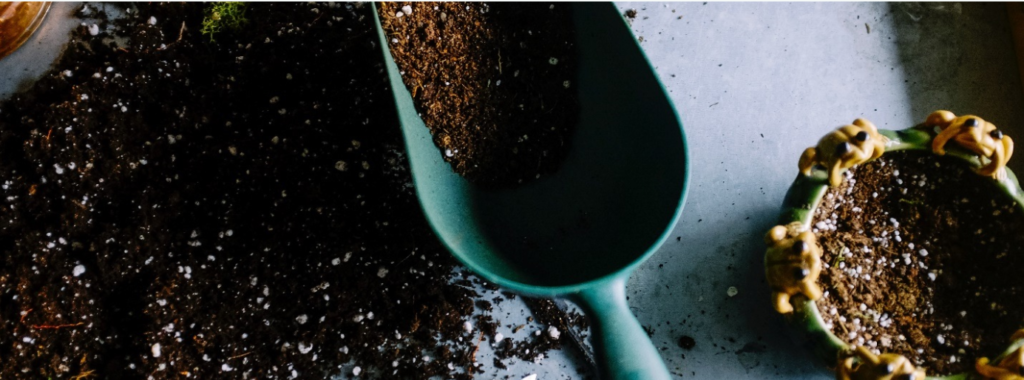

The ready-to-use peat nutrient substrate is universal and is intended for growing seedlings of vegetable and flower crops and indoor ornamental plants. Ideal for growing plants in greenhouses, nurseries, and as a professional substrate. Improves soil quality and increases productivity.
Suitable for enriching the natural composition and increasing soil fertility, as well as as an independent soil for greenhouses, low-volume technologies, etc.
Complex mineral fertilizer with macro- and microelements, produced by the world famous Norwegian company YARA. Used for preparing peat substrates and compost. Provides a complete balanced set of essential nutrients in soils along with a full range of microelements.
It is used for growing vegetable and potted plants that are grown in conditions of low nitrogen levels and high potassium levels. For preparing soils, apply at the rate of 0.8-1.2 kg/m3.
This substance of mineral origin, obtained by crushing the mineral, dolomite. It is used to fertilize, loosen the soil, and helps normalize soil acidity.
The substrate goes on sale in pressed form. Before use, the substrate must be fluffed. Open the bag with the substrate and loosen thoroughly.
Pour the fluffed peat substrate into pots, containers, cassettes. Then carefully place the seeds at a distance of 1.5-2 cm. After this, sprinkle with a layer of substrate, lightly compact with your palm and generously spray the soil with a spray bottle. Cover the top with polyethylene or glass until shoots emerge.
When transplanting seedlings to a permanent place, 0.5-1.0 liters of peat nutrient mixture is poured into planting holes or furrows. mixed with soil. Lightly compact and water. Straighten and distribute the roots evenly. Carefully fill the hole with earth. Make sure that the root collar of the plant is above the surface of the ground. Keep in mind that the soil will settle by about 10% over time. Water thoroughly and mulch the surface of the soil around the seedling.
When the soil compacts, the roots of the plant may become exposed. They are sprinkled with fresh peat substrate and moistened.
Nutritious peat soil is added to the soil of beds, greenhouses, flower beds, etc. at the rate of 5-10 l. per 1 m².
When growing seedlings, growing, cuttings, picking, planting, transplanting, fill the containers with pre-moistened soil and plant. As the plants grow and develop, water and feed them.
To improve the structure and increase the fertility of the soil, it is applied during digging or plowing, as well as during the formation of ridges, flower beds, flower beds, and planting holes.
Discard the soil on the area intended for the lawn well. Place a layer of neutralized peat 8-10 cm thick on top. Then dig together with the top layer of soil to a depth of 15 cm. Level, lightly tamp (roll), moisten and sow lawn grass seeds. Spill generously.